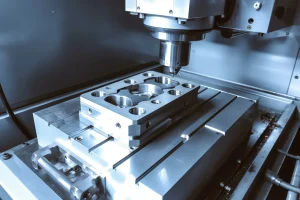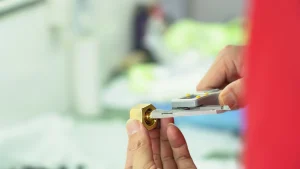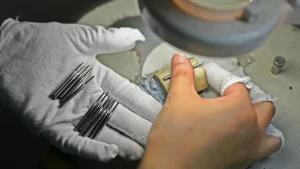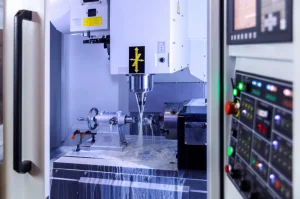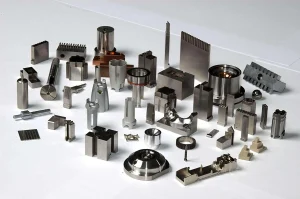Problem Symptom:
The X-axis motor has overheated.
Analysis and Solution:
A motor overheat alarm can occur for a variety of reasons. Besides issues with the servo unit itself, it could be due to improper cutting parameters or problems with the drive train. In this case, the problem was due to insufficient clearance between the guide rail inserts and the guide rails, which were adjusted too tightly.
Repair Steps:
- Loosen the insert lock screws.
- Adjust the insert bolts to ensure smooth movement of the moving parts, making sure a 0.03 mm feeler gauge can pass freely without getting stuck.
- Tighten the lock screws.
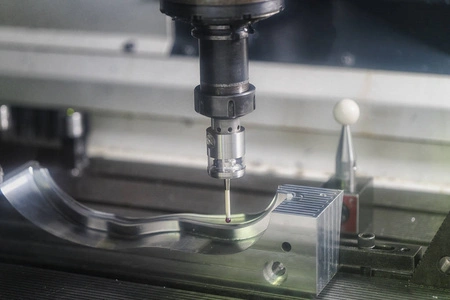
Troubleshooting Mechanical Interference During Movement
Problem Example:
A machining center uses linear rolling guides. After installation, manually rotating the ball screw with a wrench revealed significant mechanical interference during the X-axis movement of the worktable, causing noticeable resistance.
Analysis and Solution:
- The issue originated in the mechanical structure.
- Disassemble the worktable and check the parallelism of the ball screw and guide rails, which passed inspection.
- Check the parallelism of the two linear guides, revealing a significant deviation from tolerance.
- Remove the guides and check the parallelism of the mounting surfaces, which were satisfactory.
- Further inspection found that the mounting surface and raceway of one linear guide were seriously out of tolerance (0.5 mm).
- Replacing the defective guide with a qualified one and reinstalling it resolved the issue.
About RapidEfficient
RapidEfficient specializes in high-precision CNC machining with 18 years of experience. Its products serve medical, communications, optics, drones, intelligent robots, automotive, and office automation industries. The company’s CNC machining centers include four-axis, five-axis, and linkage machines and are equipped with precision projectors, three-coordinate measuring machines, spectrometers, and other testing equipment. Machining accuracy can reach 0.01 mm, and inspection accuracy can reach 0.001 mm.

